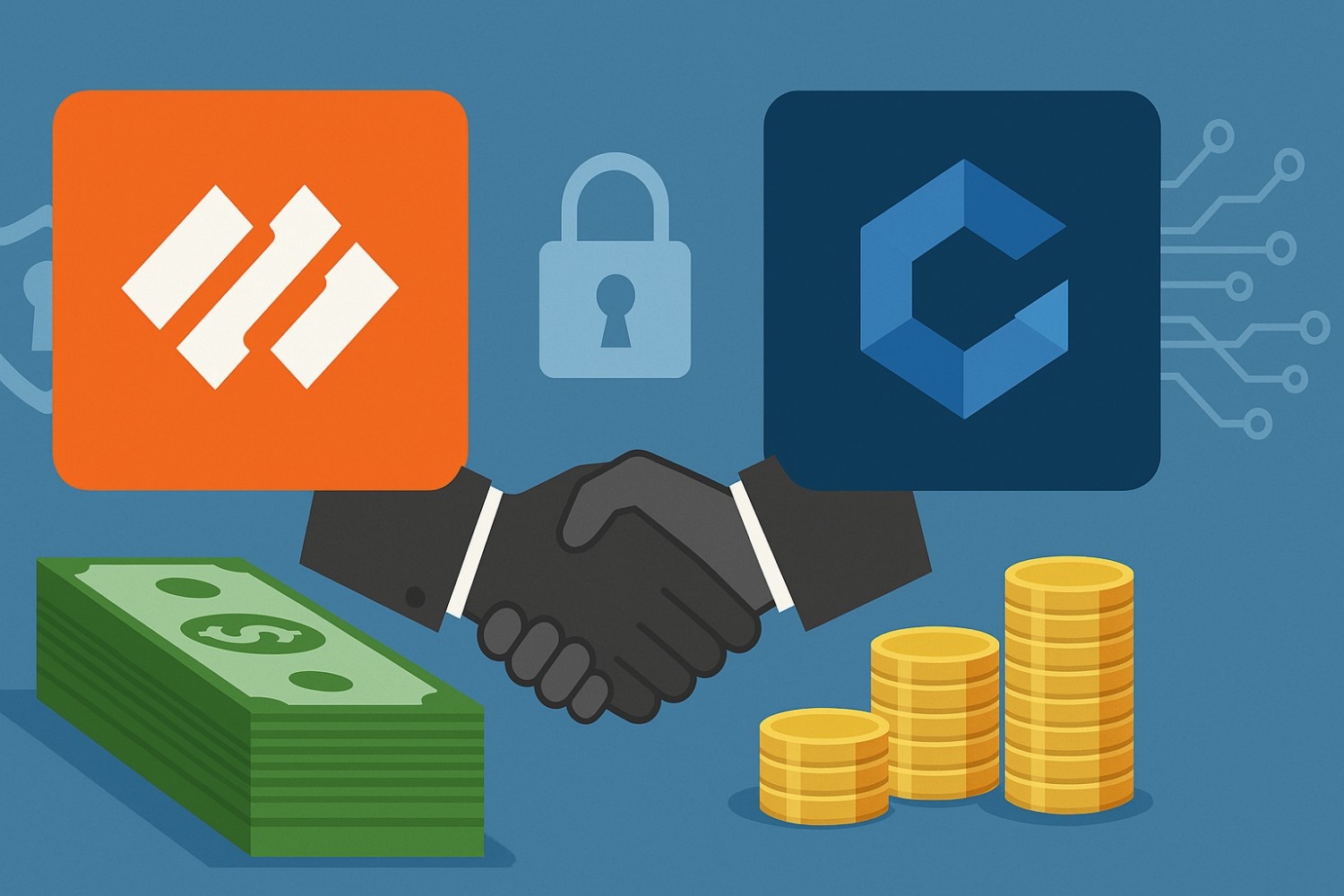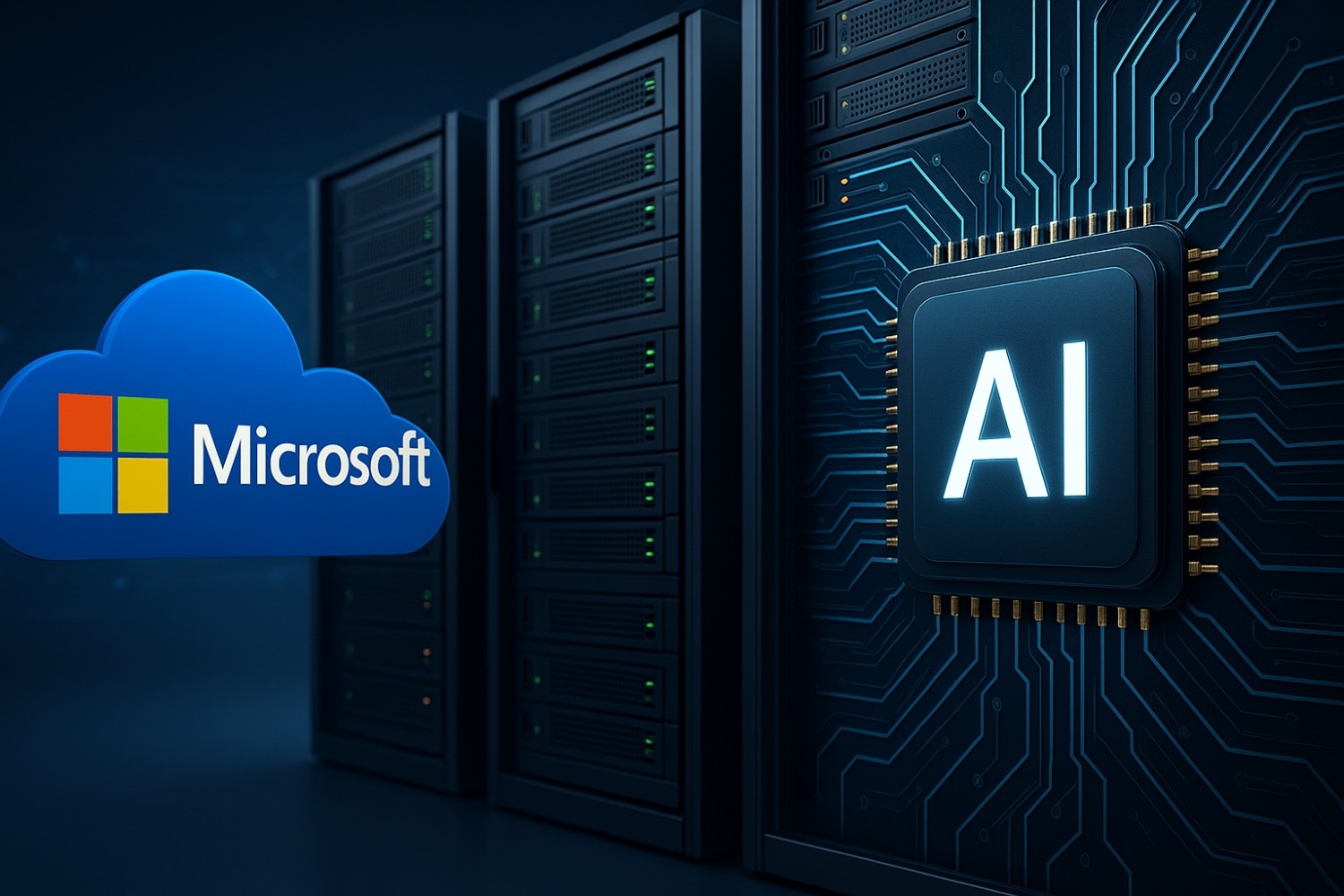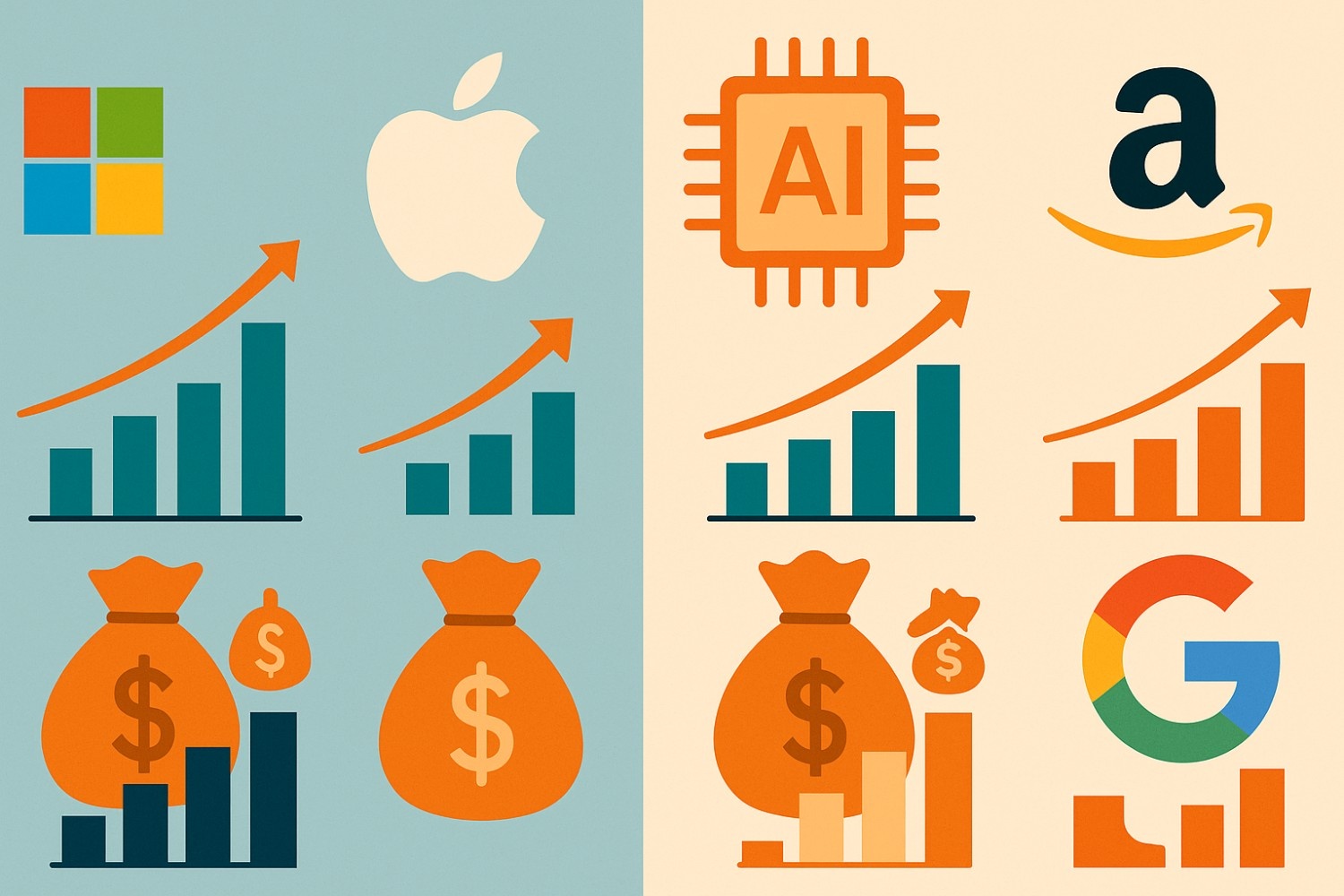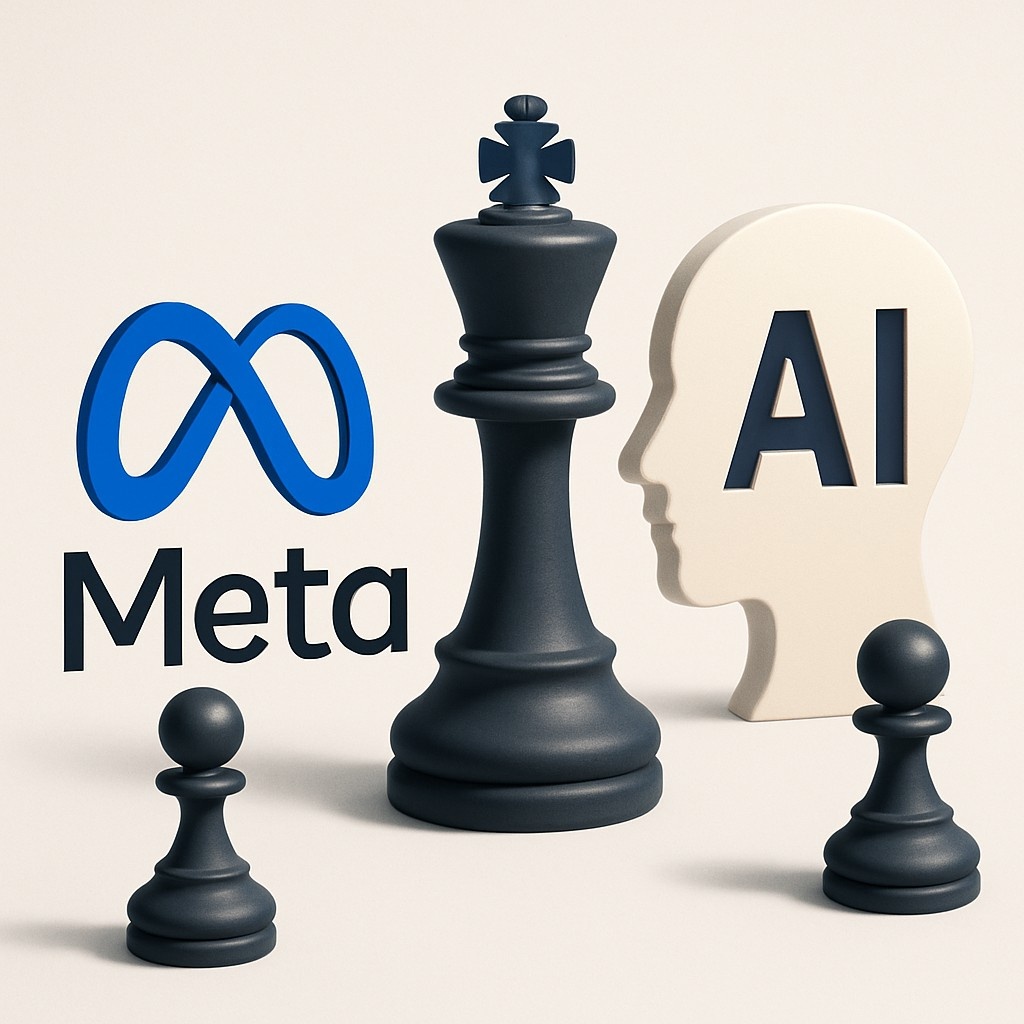Cybersecurity’s New Powerhouse: Inside Palo Alto Networks’ $25 Billion Megadeal to Acquire CyberArk
In one of the most consequential moves in cybersecurity history, Palo Alto Networks has announced its intention to acquire CyberArk in a $25 billion cash-and-stock deal, marking a defining moment for the industry. This is not just one of the largest tech acquisitions of the year—it represents a strategic realignment of how cybersecurity will work in the age of artificial intelligence.
Why This Deal Changes Everything
Palo Alto is already the world’s largest network security company, known for its dominance in firewalls, endpoint security, and threat intelligence. CyberArk, based in Israel, is the undisputed leader in privileged access management (PAM)—a critical area of identity security that protects high-level accounts, credentials, and machine access within enterprise environments.
By combining forces, these two giants are rewriting the rules of the game.
The AI Era: Why “Identity” Is the New Security Perimeter
For decades, cybersecurity was built around defending the network perimeter—firewalls, intrusion detection, and traffic monitoring. But that model is collapsing. In today’s AI-driven landscape, the perimeter is no longer physical—it’s identity.
With the rapid proliferation of AI agents, bots, IoT devices, and machine-to-machine communications, organizations are being flooded with non-human identities that need access to systems, data, and APIs. The problem? Traditional network security tools can’t tell the difference between a legitimate AI agent and one that’s been compromised.
As CyberArk CEO Matt Cohen put it, “identity has become the new firewall.”
That’s the heart of this deal.
The Strategic Vision: Full-Stack Cybersecurity for Every Identity
This acquisition isn’t just about buying market share. It’s about building a platform for the future. Palo Alto will now offer a fully integrated identity-to-network security stack, allowing enterprises to:
- Control who (or what) accesses their systems—human or machine
- Monitor privileged behaviors in real time
- Detect and respond to threats across all access points—not just endpoints or networks, but down to the identity layer
This is where the two companies complement each other perfectly:
- Palo Alto secures traffic and endpoints
- CyberArk secures credentials, passwords, secrets, and access logic
Together, they become a one-stop cybersecurity platform for the AI age.
Deal Structure at a Glance
- Valuation:
- ~$25 billion
- Terms:
- CyberArk shareholders receive $45 in cash + 2.2005 shares of Palo Alto stock per CyberArk share
- Premium:
- Roughly 26% above CyberArk’s pre-deal trading price
- Expected to close:
- Second half of fiscal 2026, pending shareholder and regulatory approval
While CyberArk’s stock initially surged, Palo Alto shares dipped ~8% after the announcement, reflecting short-term investor concern over deal size and dilution. But industry insiders see it differently: this is a bold long-term bet on dominating the next phase of cybersecurity.
Competitive Pressure Is About to Skyrocket
This megadeal will send shockwaves through the industry. Palo Alto has effectively raised the bar for what it means to offer “enterprise-grade security.” Major players like CrowdStrike, Fortinet, Okta, and even Microsoft Security will now be under intense pressure to respond. They’ll have two choices:
- Build their own privileged identity access platforms from scratch
- Buy a company like BeyondTrust, Delinea, or Saviynt to catch up
Either way, the consolidation race has begun—and this deal will be the blueprint.
The Financials: High Price, High Stakes
Critics have pointed out that at nearly 19x revenue, the acquisition price is steep. CyberArk’s recent quarterly results showed strong performance—revenue up 46%, adjusted EPS beating expectations—but it’s still a high multiple.
Yet Palo Alto has made it clear: this is a long-term infrastructure play, not a short-term earnings boost. The combined platform is expected to increase customer lifetime value, reduce churn, and create cross-selling opportunities across identity, cloud, and threat prevention.
Conclusion: Palo Alto Is Building the Future of Cybersecurity
This is more than a corporate acquisition—it’s a strategic realignment of the entire cybersecurity landscape. By uniting network defense and identity security under one roof, Palo Alto is redefining what it means to be secure in the age of AI. As machines gain access to systems, and identities become more complex and dynamic, this merger is about preparing for what comes next—not just today’s threats, but tomorrow’s architecture.
Whether or not others follow, one thing is certain: Palo Alto just took a commanding lead in building the cybersecurity platform of the future.















